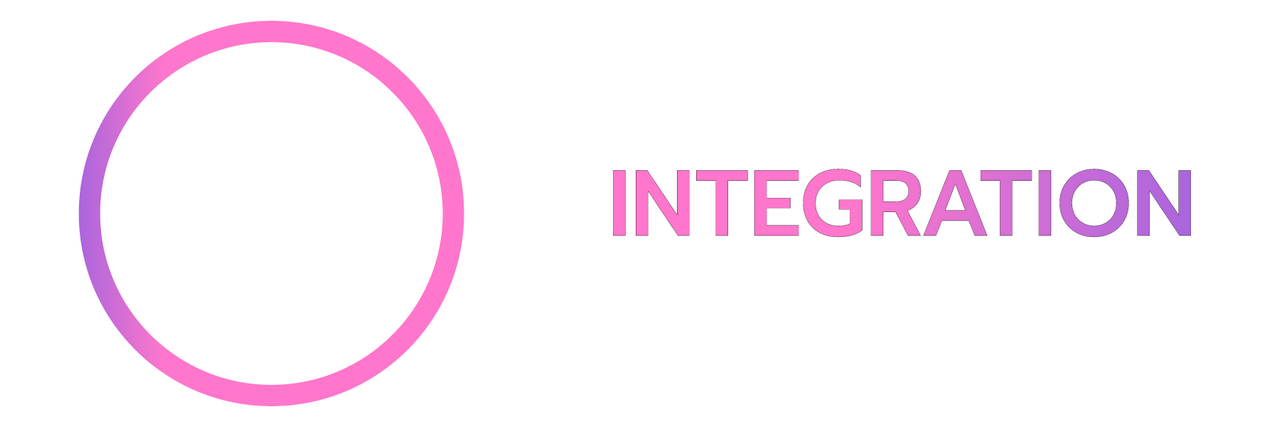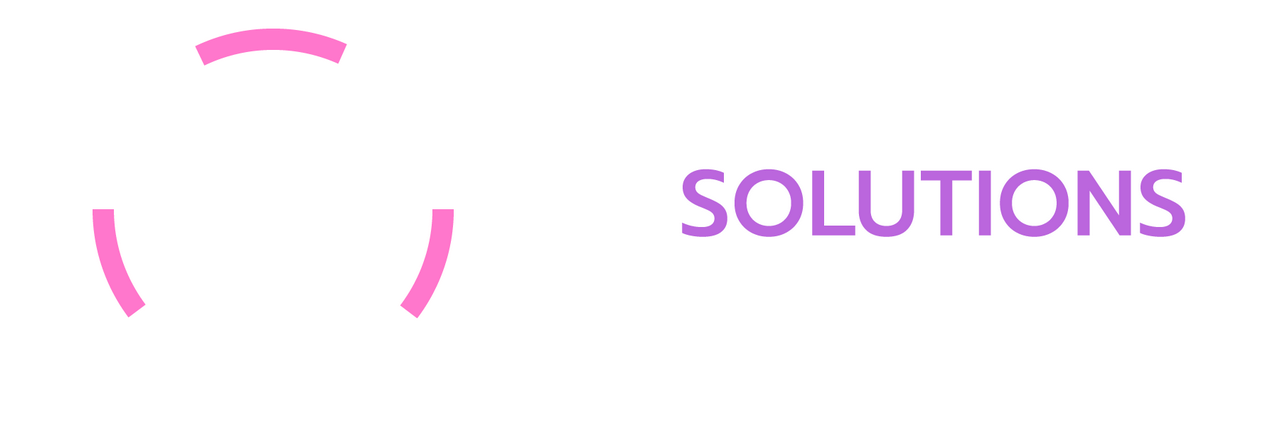
LEARNING TO COOPERATE MEANS LEARNING TO INTEGRATE
Most conflictual situations are generated by different perspectives that
polarize losing their
potential.
A little amount of contrast is useful and even good sign, but when
it turns into conflict, you experience direct or indirect, verbal or
physical violence. In that case you tend to polarize, that is, to defend
your position as you would if you were under a death menace. We found
interesting
solutions
to conflictual interactions, but you can generally use
proportional creativity integration as a rule of thumb.
CREATIVITY EVOLVES CONTRAST
Proportional creativity integration needs training as we're used to address situations with another different approach, the win/lose one, in which the winning position is the only one respected. In proportional creativity you first establish a criteria -that could be voting or weighting opportunities- to measure situations, and then try to creatively integrate the diverse perspectives. There is not a standard recipe (..for a free lunch): you need to know the context well. Let's see two examples.
INTEGRATION NARRATIVES
The first story is a simple one. In a company office, people want to use the kitchen zone for different purposes. Some want to use it as the standard lunch zone for the workers. Other people think cooking courses may be organized while some few other ones say they would use the colourful kitchen as an office. Three different views clashing one against another. Proportional space and time may solve the situation. The majority will use it as the lunch area, while the third group can use a proportional office space during working hours. Cooking workshops instead will be held in the weekend when nobody is working.
CONTEXT
Another famous example tells of an ancient library, during summertime.
It's very hot, a man opens a window, but a girl blocks him as that window
is facing a restaurant: noise and various smells would fill the library
and defocus the readers.
The man insists and the two start to argue, conflict is near.. How would
you solve this situation?
Suddenly the librarian stopped the two, closed the window and.. opened
another one on the other side of the library, allowing fresh air to enter
with no noise nor cooking smells.
Once you know the context, creativity arises and
solutions
are found in the integration of opposite, clashing but right perspectives.

Contrast between ideas or people is part of the game, conflict is when contrast escalates into a form of violence. Equivalence, Trust, Care, Transparency, Freedom, Understanding and Diversity are your keys to foster solutions for transforming contrast in development and cooperation.
DIVERSITY: CREATIVITY, EXPERIMENTATION AND ROLES
Sometimes contrasts are based on two visions about a problem that are
right and try to do the best. They collide because they want to do what is
just. Give yourself some brainstorming time and be
creative, you may find a
new, strong, effective solution.
If the contrast is instead based on
individuals with
different
personalities, cultures and the like, every one of them should have the
possibility to experiment solutions based on their personal preferences
and knowledge or have a role that corresponds to their values, beliefs and
vision. Everyone will feel part of the group that way. With possibility of
experimentation and roles
cooperation and
understanding
emerge and mutual enjoyment fulfills the group.
UNDERSTANDING: COMMON CODES
Does your group talk? Are the people ready to explain what they think? Does everyone listen? Finally, do the individuals comprehend each other? Talk, explain, listen, comprehend are four difficult steps in the way to understanding. In order to invoke those magic steps, the group may focus on the values and the beliefs in common. The values or the motivations could be profoundly similar even in a wide difference of personal views. Everyone of us is different, and everyone of us sees things with a different perspective, trying to be happy in this very complex world. The key in creating the feeling of cooperation is understanding that everyone sees the world with complete different codes, so when you reciprocally share the way you see things it's possible to comprehend each other and find the right integration.
FREEDOM: THE RIGHT SPACE TO EVERYONE
Giving the right space is a way to make people feel at ease without separating them. Nothing is worse than forcing to be together people who do not want to. If you are a few, try a pause or simply some space or distance between the people in conflict for a determined amount of time. If you are many, you can experience a live setup that foster cooperation organising an Open Space Cooperation.
Join and Participate in Cooperacy to see how these solutions can be of help in spreading the good energy of cooperation.
TRANSPARENCY: CONTEXTUAL POINT OF VIEW
The trick here is to expose everyone’s point of view in complete freedom.
Be careful with this methodology and be ready to accept apparent
unpleasant aspects. Bear very well in mind that what is requested is not
to tell the truth right away, but to clearly expose
the contextual situation from which your point of view
desumes the truth you are going to expose. Saying "The wall is
white" is different than saying "In my video camera, I see the blue wall
as completely white."
In search for a
proportional creative integration, tell in a
transparent
way what is the minimum you need to be comfortable in the current
situation and what are the limitations you face in your position. Also,
express your desires in first person, trying to be specific as much as you
can. For example, a sentence like "You don't listen to me" becomes "I feel
like as I am not able to be understood. I would really like if I could
talk for 5 minutes, no more, without interruption."
CARE: BETTER CONTEXTS, BETTER FEELINGS
Care means
respect and good coordination. The context, the environment and the
services should be observed. Are you in a beautiful place? Are plants or
animals respected around you? Are there colors? Is there good food and
water? Are you feeling good? Are you tired and need a pause? Are you
afraid of something? Are you happy instead? Can you find an area of your
body in which that happiness is?
These questions seem to be a lot but they are very important. They can
create a funny and bright mood and give you time to relax a bit and be
more comprehensive with each other.
TRUST: TIME, MEASURES, EVALUATION
Give time its pace. Allow experience and adaptation to fix the situation and evaluate the results after a given amount of time. Sometimes fear may make people think in a negative way about events in the future. Faith in your solution and in those of others allows things to set up. Trust is important also in evaluations: when you test the solution and evaluate it with common and measurable criterias it will be easier to agree on a change or to decide together to trust your current approach.
EQUIVALENCE: TURNS, COMBINATIONS, BALANCE
Is everyone allowed to play, relax or experiment? Do someone in the group work all the time while others don't? Is everyone respected in their views? Are there gaps and wide differences about the benefits they receive from the group? Turns may cycle good things and bad things and distribute them amongst the participants while sometimes different approaches may be combined into a single solutions, like joining innovation and safety, or business and caring. It is important to generate balance giving equivalent importance for all the members of the group, maintaining their individual differences. Enjoy the way others would do things: you will learn how they think. Understanding others will let them follow you if they make a mistake or if their solution is not so enjoyable.